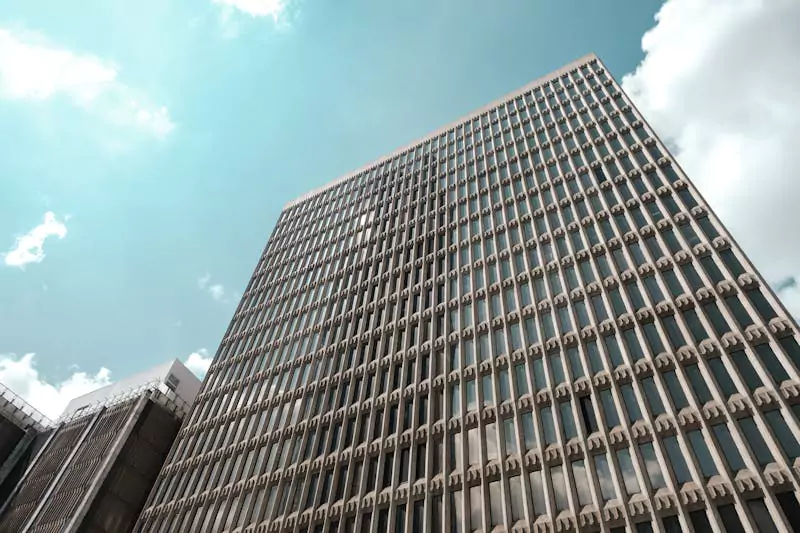Top Trends in Modern Office Architecture
- Home
- Top Trends in Modern Office Architecture


- 25 Oct, 2024
Top Trends in Modern Office Architecture
The world of work is evolving at an unprecedented pace, and office architecture is reflecting these changes. Modern offices are no longer just functional spaces; they are designed to foster creativity, collaboration, and employee well-being.
As organisations in Hobart recognise the importance of a well-designed workspace, several key trends are emerging in modern office architecture.
Here, we explore some of the most significant trends shaping contemporary office environments.
1. Emphasis on Flexibility
One of the most notable trends in modern office architecture is the emphasis on flexibility. With the rise of remote work and hybrid models, companies are increasingly designing spaces that can be easily reconfigured to accommodate different needs. This may include movable walls, modular furniture, and multi-purpose areas that can transform from meeting rooms to collaborative spaces. Flexible office layouts allow organisations to adapt quickly to changing circumstances, ensuring that their workspaces remain functional and relevant.
2. Biophilic Design
Biophilic design, which incorporates natural elements into built environments, is gaining traction in modern office architecture. This trend stems from the understanding that a connection to nature can significantly enhance employee well-being and productivity. Incorporating plants, natural light, and organic materials into office spaces helps create a calming atmosphere that fosters creativity. Offices may feature green walls, indoor gardens, or large windows that provide views of the outdoors, all of which contribute to a healthier work environment.
3. Collaborative Spaces
As teamwork becomes increasingly vital to organisational success, modern offices are being designed with collaboration in mind. Open-plan layouts, communal areas, and dedicated spaces for brainstorming and group work are becoming standard features in office architecture. These collaborative spaces encourage interaction among employees, breaking down silos and fostering innovation. Comfortable seating, writable surfaces, and technology integration, such as video conferencing facilities, enhance the functionality of these areas, making them conducive to teamwork.
4. Sustainability and Eco-Friendly Design
Sustainability is a significant consideration in modern office architecture, as businesses strive to reduce their environmental impact. Architects and designers are implementing eco-friendly practices, such as using sustainable materials, energy-efficient systems, and renewable energy sources. Green building certifications, like LEED (Leadership in Energy and Environmental Design), are becoming common benchmarks for new office constructions. By prioritising sustainability, organisations can not only reduce their carbon footprint but also appeal to environmentally conscious employees and clients.
5. Technological Integration
The rapid advancement of technology is fundamentally changing how office spaces are designed and utilised. Modern offices are being equipped with cutting-edge technology to facilitate communication and enhance productivity. Smart office solutions, such as automated lighting, climate control, and advanced security systems, are becoming standard. Believe it or not, inclusion of new-age technologies like AI and VR have been transforming how employees collaborate and interact with their workspace, providing immersive experiences that can boost creativity.
Wrapping Up
Modern office architecture is continuously evolving to meet the demands of a changing work environment. The trends highlighted above emphasise flexibility, collaboration, sustainability, and employee well-being, all of which play a vital role in shaping the future of workspaces. If you are planning to design a new office in Tasmania, hire the best architects in Hobart and create a sustainable and functional office space.
